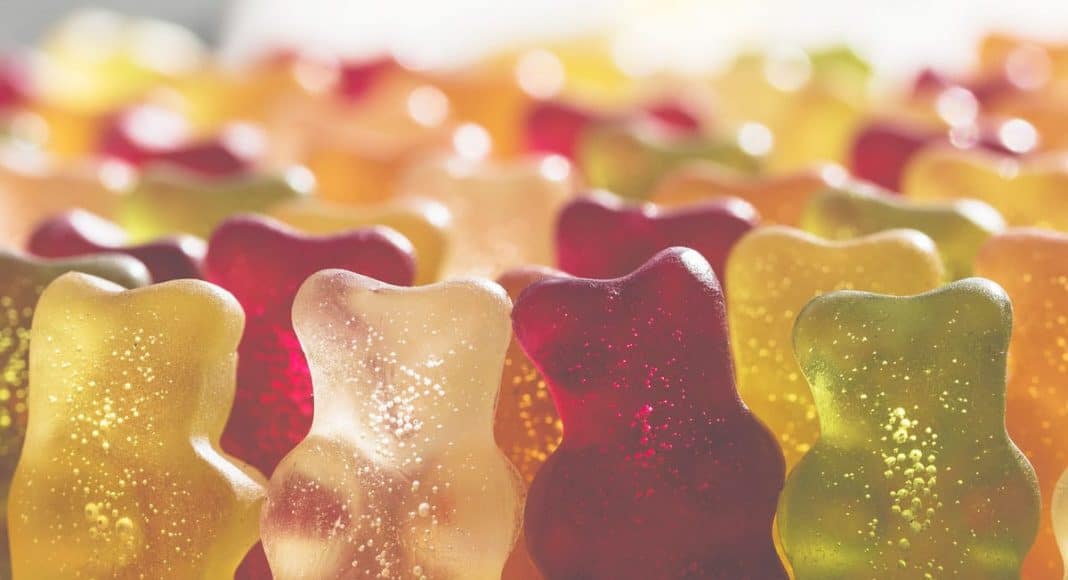We’ve written before about California’s extremely onerous proposed advertising restrictions, but last week, California’s legislature gave its final approval to another restrictive piece of legislation, Assembly Bill 350, that would ban edibles that appeal to children.
These types of legislation are nothing new. In Washington State, for example, cannabis processors must obtain approval from the Washington State Liquor and Cannabis Board (LCB) for all marijuana-infused products, labeling, and packaging before offering these items for sale to licensed retailers. And specifically, the LCB rules prohibit any marijuana product from being “designed to be especially appealing to children.”
Every state that has legalized cannabis in some capacity has adopted rules aiming to keep cannabis out of the hands of children – a priority that states must consider regulating in accordance with the 2013 Cole Memo. But the question of how to accomplish this – how onerous edibles regulations must be – has been highly controversial. Maureen Dowd’s infamous New York Times piece recounting her traumatizing “overdose” on marijuana-infused chocolate was one of many that helped fuel the fire of fear surrounding cannabis edibles.
But in California, at least until now, cannabis edibles have been completely unregulated. Infused products that look exactly like the candies we all know so well – gummy bears, lollipops, etc. – have been a staple in California dispensaries, and form the basis of many businesses. But it was only a matter of time before the state cracked down on these types of products, which can arguably be easily confused with the candy our children love.
The purpose of AB 350 is to flesh out the requirements for edible cannabis products produced by Level 1 (nonvolatile) and Level 2 (volatile) manufacturers pursuant to the Control, Regulate and Tax Adult Use of Marijuana Act (AUMA).
The legislation provides that edible cannabis products shall be:
- Not designed to be appealing to children or easily confused with commercially sold candy or foods that do not contain cannabis. Cannabis products shall not be made in the shape of a person, animal, insect or fruit;
- Produced and sold with a standardized concentration of cannabinoids not to exceed ten (10) milligrams of THC per serving;
- Delineated or scored into standardized serving sizes if the cannabis product contains more than one serving and is an edible product in solid form;
- Homogenized to ensure uniform disbursement of cannabinoids throughout the product;
- Manufactured and sold under sanitation standards established by the State Department of Public Health, in consultation with the Bureau, that are similar to the standards for preparation, storage, handling, and sale of food products;
- Provided to customers with sufficient information to enable the informed consumption of the product, including the potential effects of the cannabis product and directions as to how to consume the cannabis product; and
- Marked with a universal symbol, as determined by the State Department of Public Health through regulation.
Although AB 350 will throw a wrench in the business plans of many currently operating cannabis manufacturers, we aren’t surprised in the least to see California adopting these types of restrictions aimed at keeping cannabis out of the hands of children. We’ll be keeping a close eye on whether Gov. Brown signs this bill, how broadly the state interprets these provisions, and what products ultimately will and will not be allowed.
This story first appeared on the Canna Law Blog.


